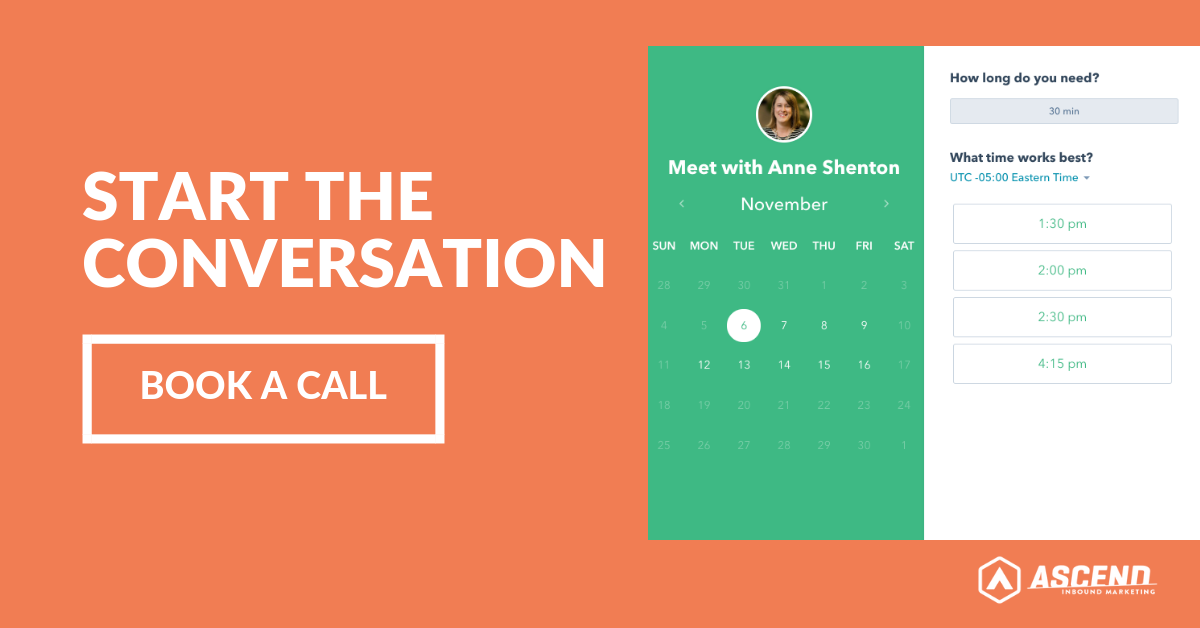Slow Load times and Lost Opportunities

First impressions only happen once-- you don’t get a second chance. And everything begins with speed.
So, before we get too far into this, get your website speed graded for free.
Ok. Glad we have a baseline. Continuing:
It happens more often than you think-- you’ve spent tons of time and resources into creating the most beautiful website you (and your boss) could imagine. It is loaded with quality content and the site structure is perfect. You couldn’t be more excited about all the new traffic that’s about to start flowing in. You launch the site, and expect the floodgates to open…
But.
What happens instead is a problem that plagues so many websites today. Page load time kills it.
Bottom line is your visitors will have to load your site before they can ever gain access to all that glorious content. If it takes too long to load, site abandonment increases and a lot less people will end up engaging with your site. After all, your competitors are literally two clicks away (the back button, then the next result in their Google search).
In a recent study done by Akamai, about half of web users expect a site to load in 2 seconds or less. And even further other studies show that 40% of people abandon websites that take more than 3 seconds to load. That means that if you have a slow website load time, it doesn’t matter how slick your site looks or how engaging your CTAs are.
It’s been proven time and time again that users (and consequently, search engines) care more about speed than all the fancy bells and whistles you can have on your site.
Mobile Matters
Mobile browsing has increased significantly in the past few years. According to Google, more than 50 percent of search queries now come from mobile devices.
Ten years ago, Google said page speed was a SEO factor, but it was focused on desktop searches. Fast forward to now-- where Google recently changed the game. In July of 2018, the mighty search engine changed their algorithm and began penalizing websites that had slow load times, and for good reason.
Just think about how you search for things online. Tabs open, change, and close a decent amount when attempting to find the result you’re looking for. Now, consider how that works when you’re on your mobile device-- maybe in line at your local coffee shop waiting to place your order. You have even less time to find what you’re looking for, so your expectations of website loading time is even higher.
Recently Google did some research and analyzed 11 million mobile landing pages.
“For 70% of the mobile landing pages we analyzed, it took more than five seconds for the visual content above the fold to display on the screen, and it took more than seven seconds to fully load all visual content above and below the fold.”
Returning Users
Websites exist for a reason. Companies want their online visitors to interact meaningfully with their site. If it’s a blog, you want users to read posts and come back in the future for more valuable content.. If it’s a site that details service offerings you want users to engage and take a step in the buyer process to help them become a customer that purchases from you every time that service is needed.. If it’s an online store, you want customers to get the information they need and become the go-to outlet for future purchases of that product. In research conducted by Think with Google, if page load time goes from 1 second to 3 seconds, the probability of bounce increases to 32%. If that goes up from 3 seconds to 5 seconds, the bounce probability jumps to 90%. You think those folks are gonna return for round two? Chances are slim to none.
When sales take a hit
Page load time can affect eCommerce sales, too. 64% of shoppers who are dissatisfied with an online shop’s experience & load time will take their business elsewhere.
“Two seconds is the threshold for eCommerce website acceptability. At Google, we aim for under a half second.”
Maile Ohye - Developer Programs Tech Lead at Google
So, now some numbers: based on research, a simple one-second improvement can turn an additional 7% in online revenue.
A two-second improvement can boost conversions by as much as 66%.
Additionally, according to Shopify, 79% of customers that were “dissatisfied” with we performance are less likely to purchase again.
That adds up.
Fixing a slow website
There are a few ‘first step’ items to check when considering ways to speed up your website. Some of these are fairly easy to accomplish and some are a little more tedious and require a greater field of expertise:
- Compress files: Large files (.pdf, .jpg, .png, .gif and movie files) can TREMENDOUSLY slow down site speed. Depending on the CMS on which your site is built, there are different options for compression-- from compressing files manually to using a free plugin.
- Minify code: Minification is the process of removing unnecessary data without affecting how the site performs or looks. Examples are code comments/formatting, unused code, shorter function names, etc.
- Use a content delivery network (CDN): Using a content delivery network can help deliver faster user experiences that help optimize engagement, add security, and increase reliability. Many hosting providers offer a CDN as an add-on, or you can use a service like Cloudflare.
- Use reliable and fast hosting: First, make sure your hosting company is reputable-- check out some online user reviews by folks who have actually used their products. Another thing to check into is memory or bandwidth limits (that can slow site speed during heavy usage)
- Remove render-blocking code: Make sure to keep your CSS lean, deliver it as quickly as possible, and use media types and queries to unblock rendering.
- Cash in on browser caching: A fairly easy way to do this is to specify how long web browsers (Chrome, Safari, Firefox) should keep images, CSS and JS stored locally. By setting this for a longer period of time, the user’s browser will download less data while browsing your site. You can manage browser caching settings in your CDN.
Want advice on getting your website to load blazing fast?
Steven Carter is Creative Director at Ascend Inbound Marketing. With more than a decade of industry experience, he offers our clients clean, smart and effective communication solutions through graphic design and creative direction. Steven is a proud graduate of The University of Georgia.

